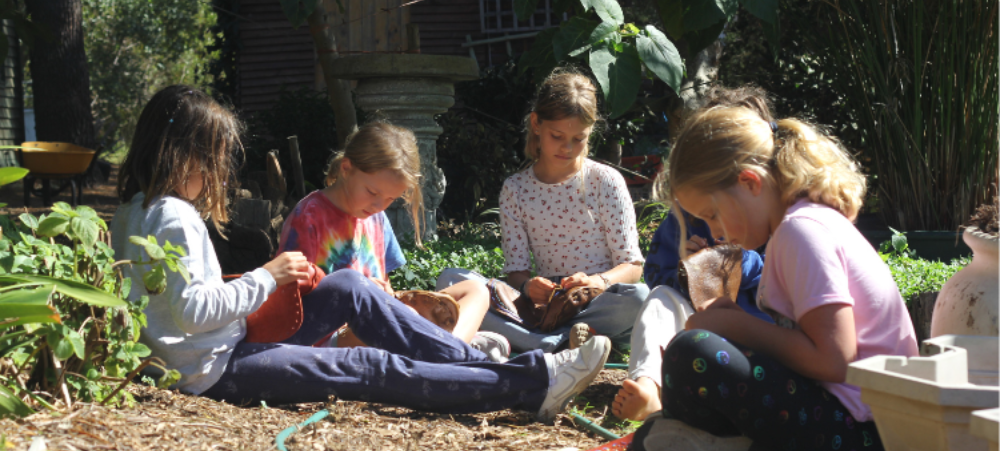
Unplug, Create, and Connect: Creative Craft Workshops for Kids
In today’s fast-paced, digital world, it’s becoming harder and harder to pull children away from screens. Parents everywhere are searching for creative kids’ activities that not only keep their children entertained but also help them learn valuable skills. That’s where the magic of crafting comes in. At Sol Tribe Kids, we believe in the power of making things with our hands — not just as a fun pastime, but as a way of connecting to tradition, building confidence, and sparking imagination. Why Hands-On Workshops Matter for Children We all want our kids to have less screen time and more meaningful, real-world experiences. But finding after-school clubs or holiday activities for kids that are both fun and educational can be tricky. Crafting offers something different. It’s a chance for children to slow down, focus, and create something unique that they can proudly say they made themselves. Every finished project is a reminder that patience, effort, and creativity come together to produce something truly special. Keeping Traditions Alive Through Craft Our workshops are rooted in the traditions of Sol Tribe Kids, inspired by the desire to pass down artisanal skills from one generation to the next. From spoon carving and basket weaving to leather work and candle making, we introduce children to crafts that have stood the test of time. These are not just “holiday activities for kids” — they are skills with deep cultural roots, allowing young minds to connect with history in a hands-on way. By weaving a basket or carving a simple spoon, children gain an appreciation for the beauty of handmade objects and the knowledge that people once relied on these crafts in their daily lives. What Parents Love About Our Workshops Parents often tell us how much their children light up after a session. One mum shared, “My son still talks about the candle he made months later — he won’t even let anyone light it because he’s so proud of it.” Another parent noticed that her daughter came home with newfound confidence after learning to weave her very first basket. These stories show us that crafting is more than just an after-school activity. It builds resilience, creativity, and joy — qualities that last well beyond the workshop itself. The Benefits of Creative Kids’ Activities When children take part in our workshops, they don’t just go home with a handmade treasure. They also gain experiences that parents love to see: Workshops for Every Season We know every family’s schedule is different, which is why we offer a variety of options to suit you: Give Your Child the Gift of Creativity In a world that moves so quickly, it’s worth slowing down and giving children the chance to create something lasting with their own two hands. At Sol Tribe Kids, our workshops are more than just classes — they are opportunities to connect, explore, and grow. Spaces in our kids’ craft workshops fill up quickly, so now’s the perfect time to reserve your child’s place in one of our weekly sessions or holiday clubs. Visit our website to book and for more info: https://www.soltribecreations.com/soltribekids Let’s keep little hands busy, imaginations alive, and traditions thriving — one craft at a time.































